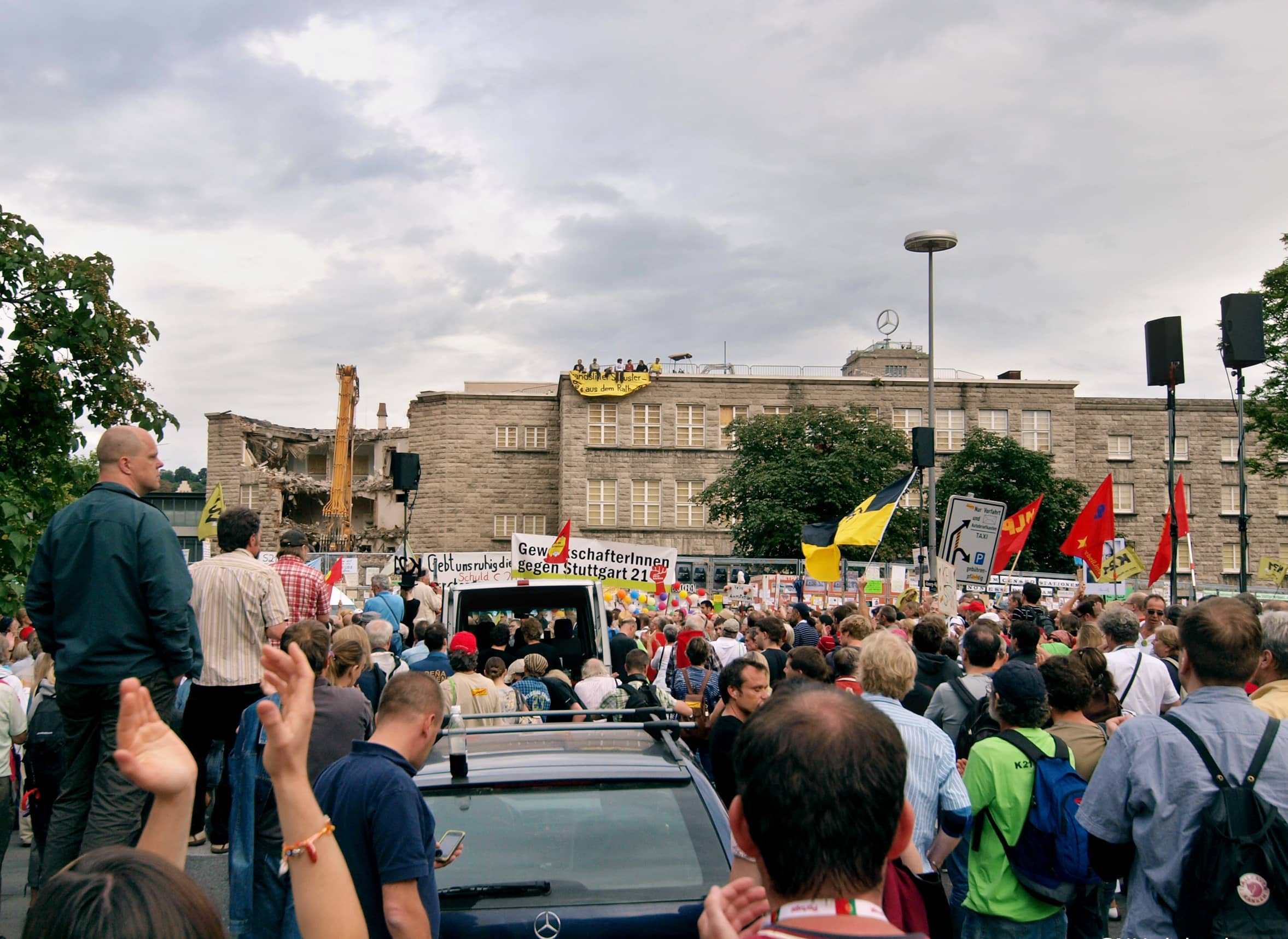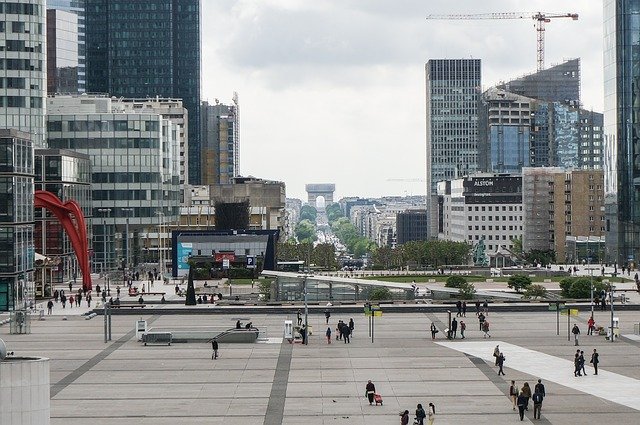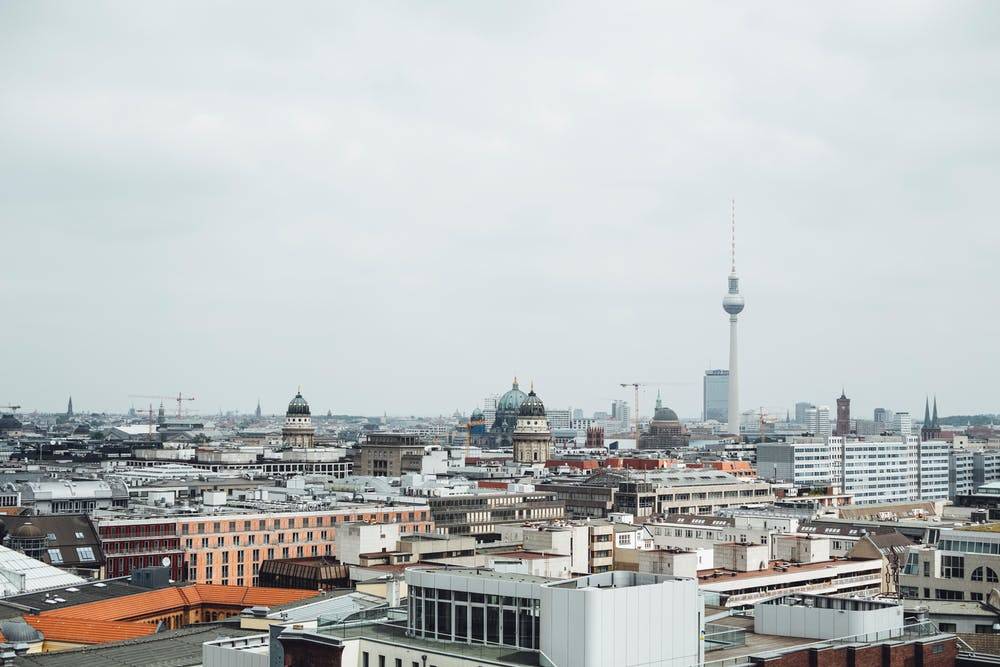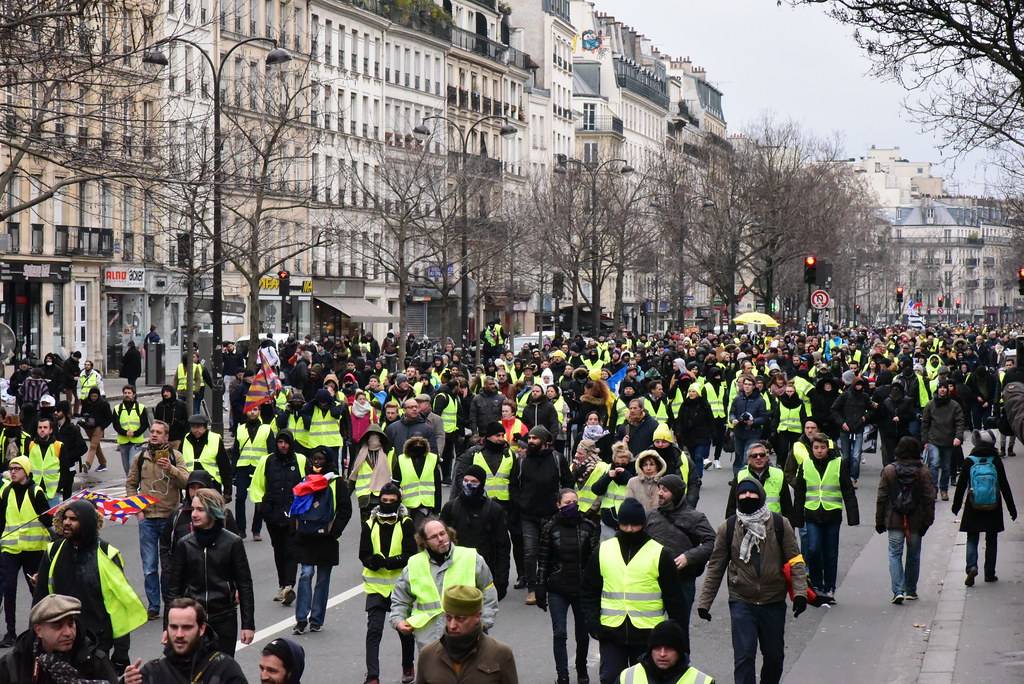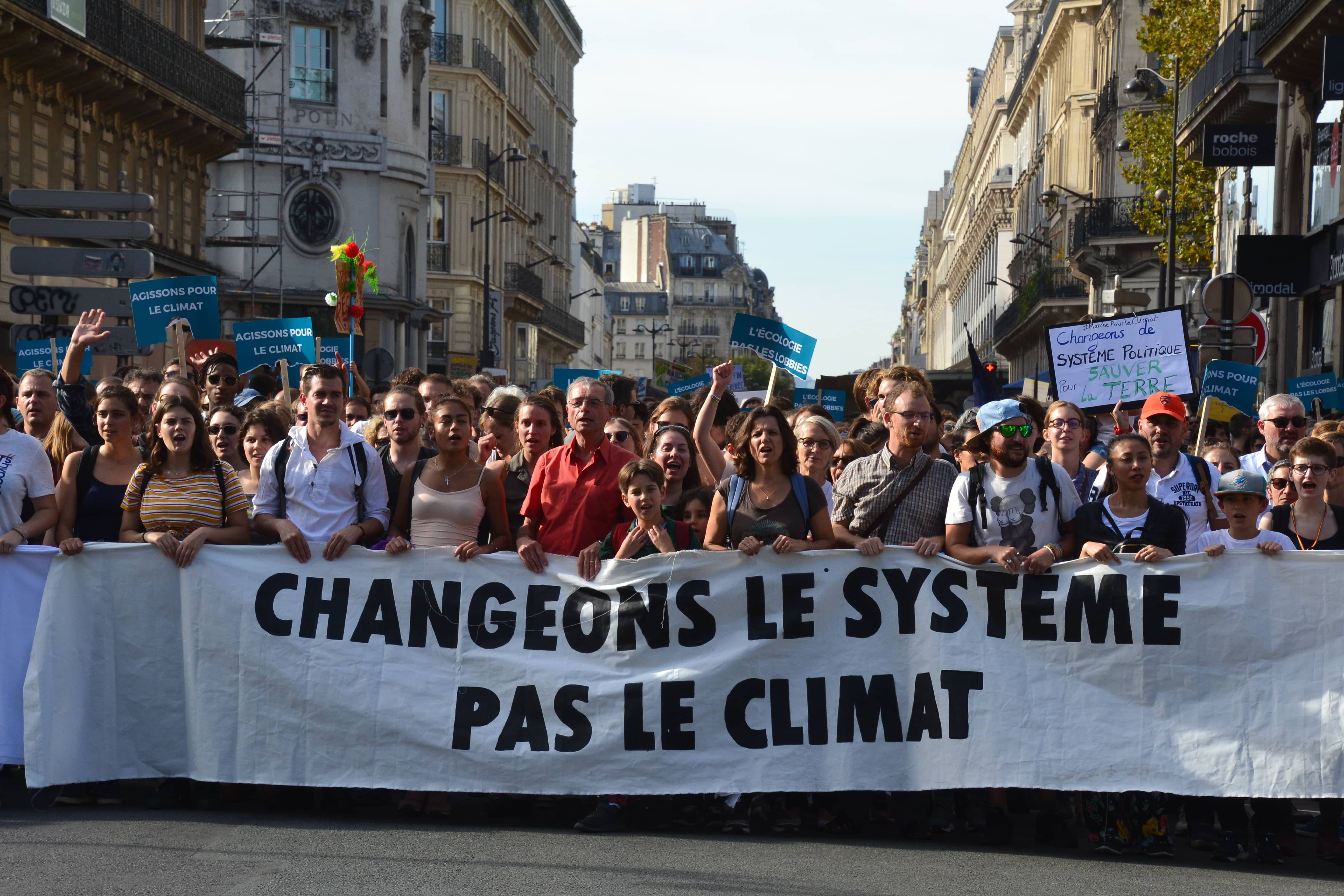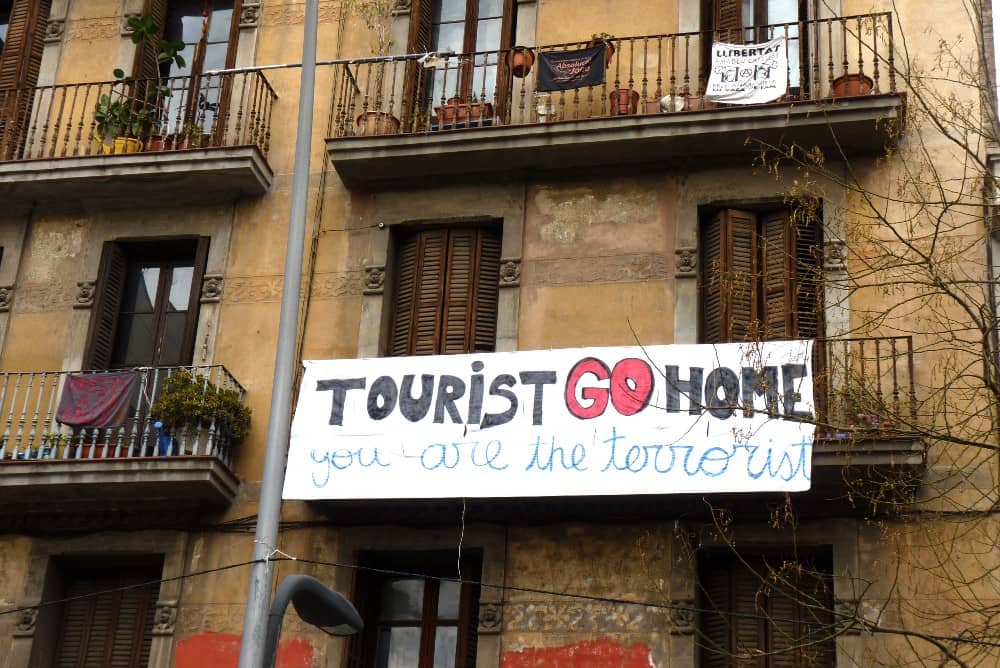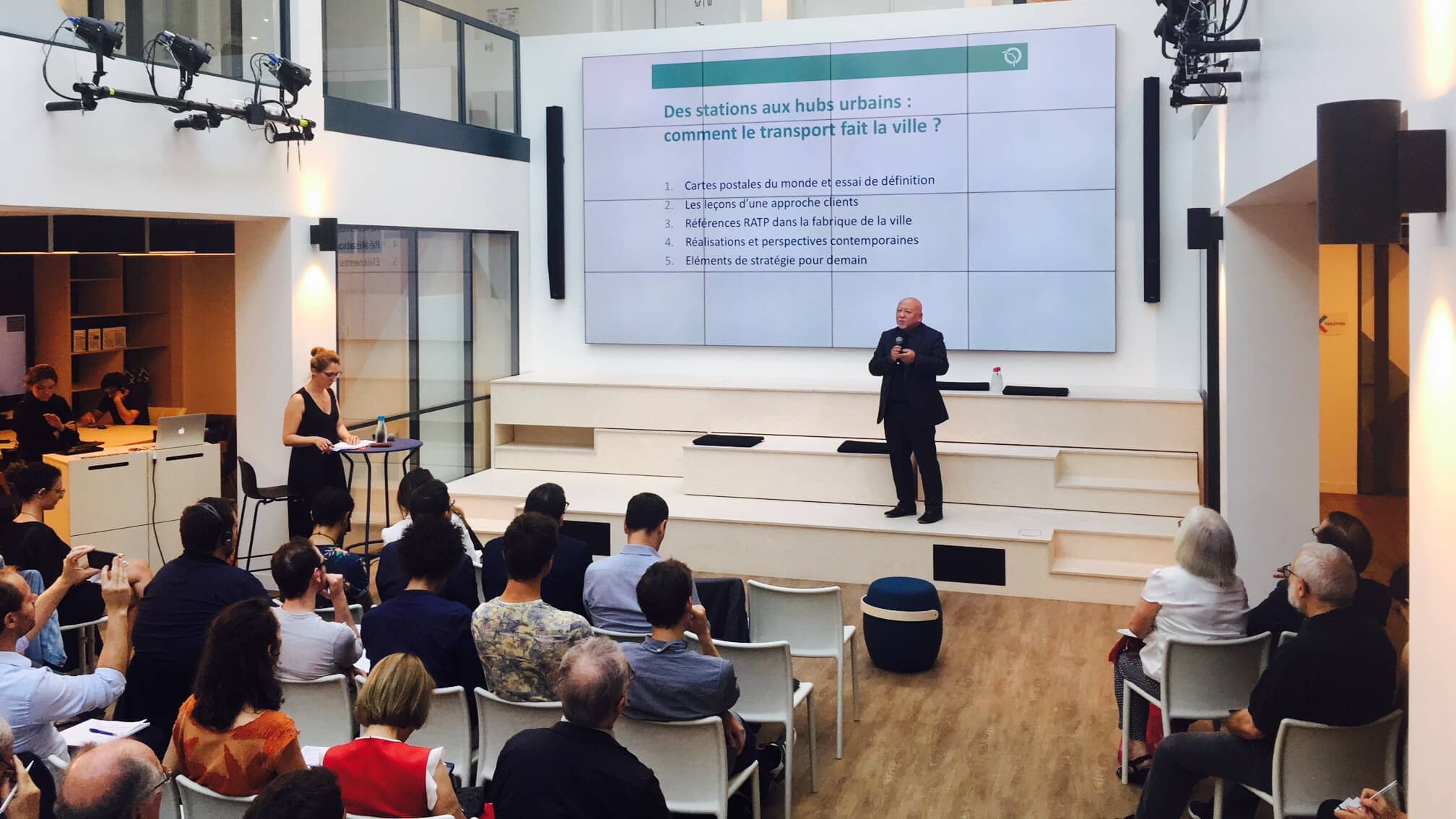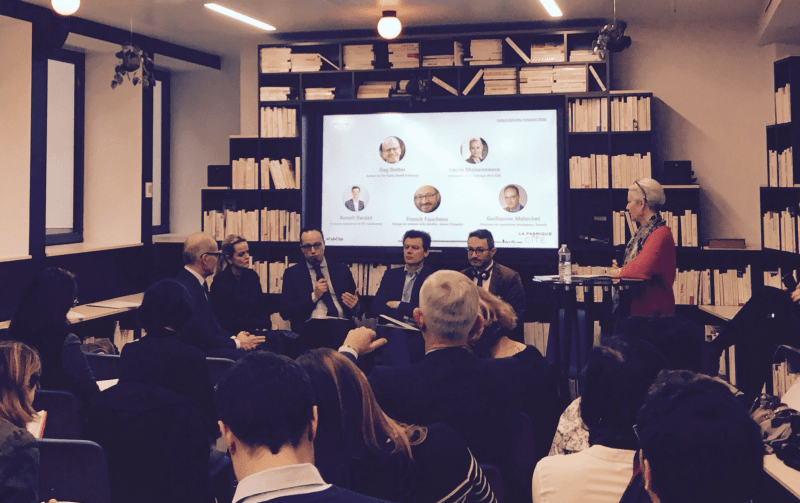

The failed referendum on the liberalisation of Rome’s public transportation company ATAC: an analysis by Giuseppe Bettoni
On 17 December 2018, La Fabrique de la Cité welcomed Giuseppe Bettoni, professor at the University of Rome “Tor Vergata”, for a debate entitled “Large infrastructure projects and democracy” at Leonard:Paris. This event was the first in a series of meetings aimed at discussing the link between major infrastructure projects and democracy. Giuseppe Bettoni took the opportunity to discuss the case of ATAC, the transportation company in charge of Rome’s urban area.
Giuseppe Bettoni: The case of ATAC is not exactly that of a battle against major infrastructure. It pertains to the social sphere and not environmental concerns. What is interesting in Italy is this upheaval in democratic participation; you could say that in Italy, the yellow vest movement is actually in power! Public transportation in Rome is very poor. A journey costs €1.50. Yet the city of Rome is very spread out: it has a diameter of 29 km while Paris only measures 8 km across. Its surface area is 1,205 km2 while Paris proper is 105 km2 and the greater Paris area 880 km2. While that is true, Rome only has three underground train lines, the rest is dependent on some 1,300 buses, around one hundred of which break down each day. The situation is catastrophic. ATAC also has debts amounting to €1.3 billion.
It is against this backdrop that a referendum was held in November 2018 which asked Romans to vote on the option of a liberalisation of their public transportation. I like public transportation but I did not hesitate to vote in favour. Am I mad? Not completely. The aim of this referendum was not to privatise transportation but to liberalise it. The municipal services would have continued to control the frequency of transportation as well as ticket prices. The public service would have remained fully under the control of the public authority but calls for tenders would have been held for the various lines. The referendum failed, as only 16.4% of the electorate voted [while 33% was the requisite. 74% of those who did voted in favour of liberalisation]. A referendum is a relatively common tool in Italy, where each municipality regulates it in their own way. In Rome, the outcome of the referendum was not binding for the Mayor. The purpose of the referendum was to have the controller emerge from the controlled in a sort of exorcism: the controlled would no longer be its own controller. The bourgeois-bohemians in Rome are against this liberalisation, even though they never use public transportation: for them, transportation must remain public. Those who live in the suburbs and spend hours in public transportation were all in favour.
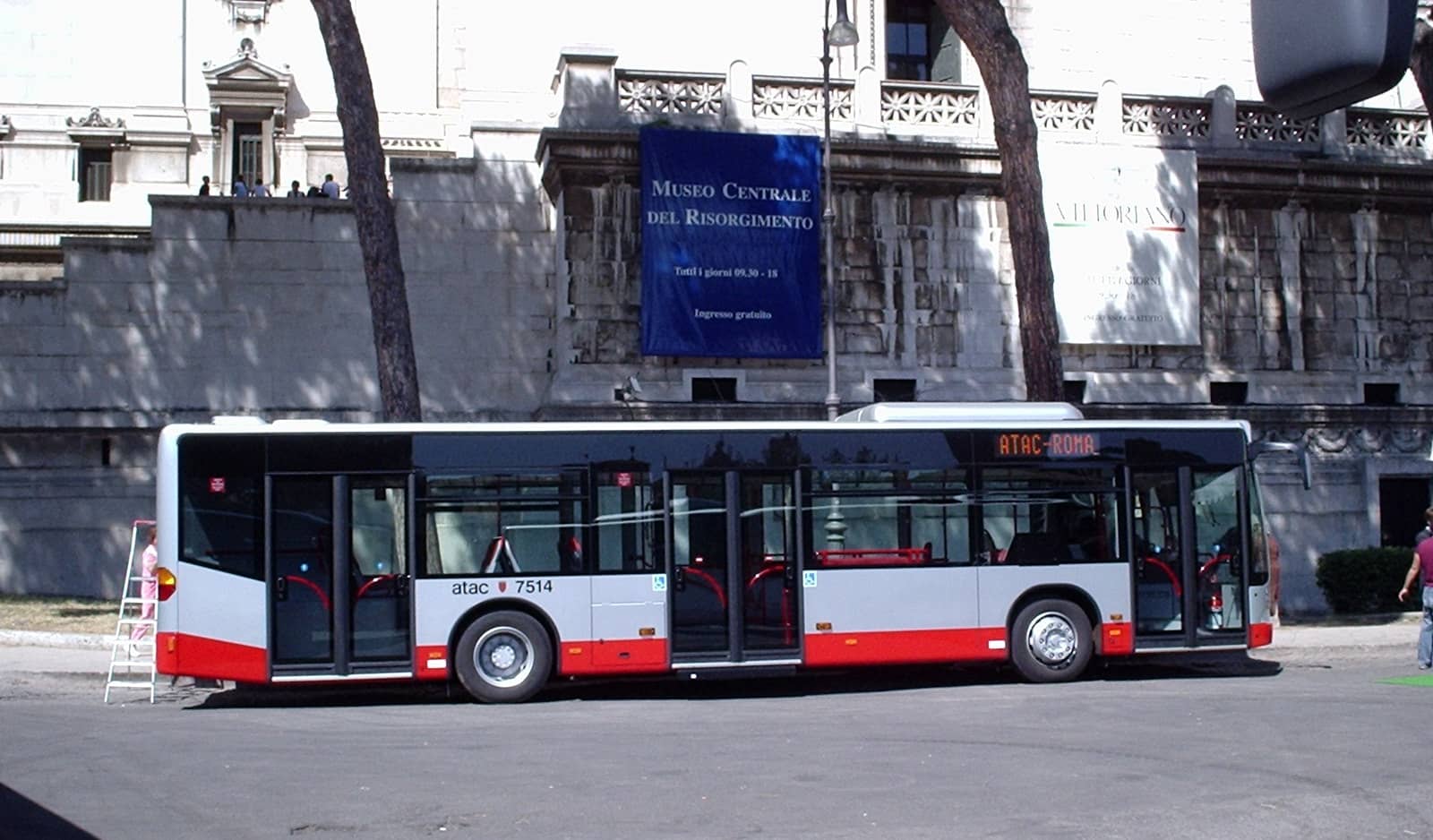
The radicals behind this referendum were surprised by the buzz it generated. It can be analysed as a reaction against a mayor from the Five Star Movement, Virginia Raggi, who claimed that citizens had already voted to sweep away old politics by electing her: “I have come into power, there is no longer any need for protests because I am the people”; democracy stops here. The Mayor said immediately that such a referendum was unnecessary and in doing so, she sabotaged it. When there is a referendum, each institutional representative rushes to vote in the morning to set an example. The Mayor decided to vote half an hour before the polling stations closed. This is typical of the Five Star Movement, which strives to create a shift from representative democracy to a new situation in which there is no parliament, which would become redundant, and each person votes from their homes. Yet are we competent to decide everything? Today, this is what citizens are demanding and that is where the problems start. For the champions of the Five Star Movement, the aim of the game is hyper-representative digital democracy. To do so, they must go through the parliament but they call their MPs “spokespersons”, there is no freedom of mandate. Yet we all know that the decisions that a parliament must make are highly complex.
“Are we competent to decide everything? Today, this is what citizens are demanding and that is where the problems start.”
What is the next step? The creators of the movement will tell you that we do not need a left or a right. Why not have a parliament created by a random draw? We would no longer vote but would choose people selected at random, and they must make the decisions. It is an extreme case.
Citizens enter into the debate even if they do not have an alternative plan and sometimes do not even have a clear idea of the issue, that’s the worst aspect. Today, citizens will voice their opposition and protest, but do not propose an alternative. The ATAC referendum was designed to break the deadlock in place for a decade, but it did not have a strategic plan.
The case of ATAC is different to that of the Lyon-Turin high-speed line: for the latter, it is more a question of NIMBY. The NIMBY (Not in my backyard) reactions are a syndrome of serious selfishness. What is interesting in this case is that the high-speed line is to pass through the Susa Valley, which is already crossed by two train lines. There was a protest but not by environmental activists. This was a local protest movement onto which a global vision which opposes an energy-intensive transportation system is superposed. With “Occupy Wall Street”, there was no alternative plan to financial globalisation. What do we do when we find ourselves with a powerful protest against local projects without any alternative being proposed?
These other publications may also be of interest to you:
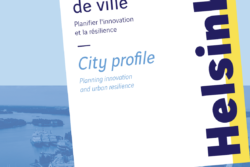
Helsinki : Planning innovation and urban resilience

Toronto: How far can the city go?

Inventing the future of urban highways
“Dig, baby, dig”
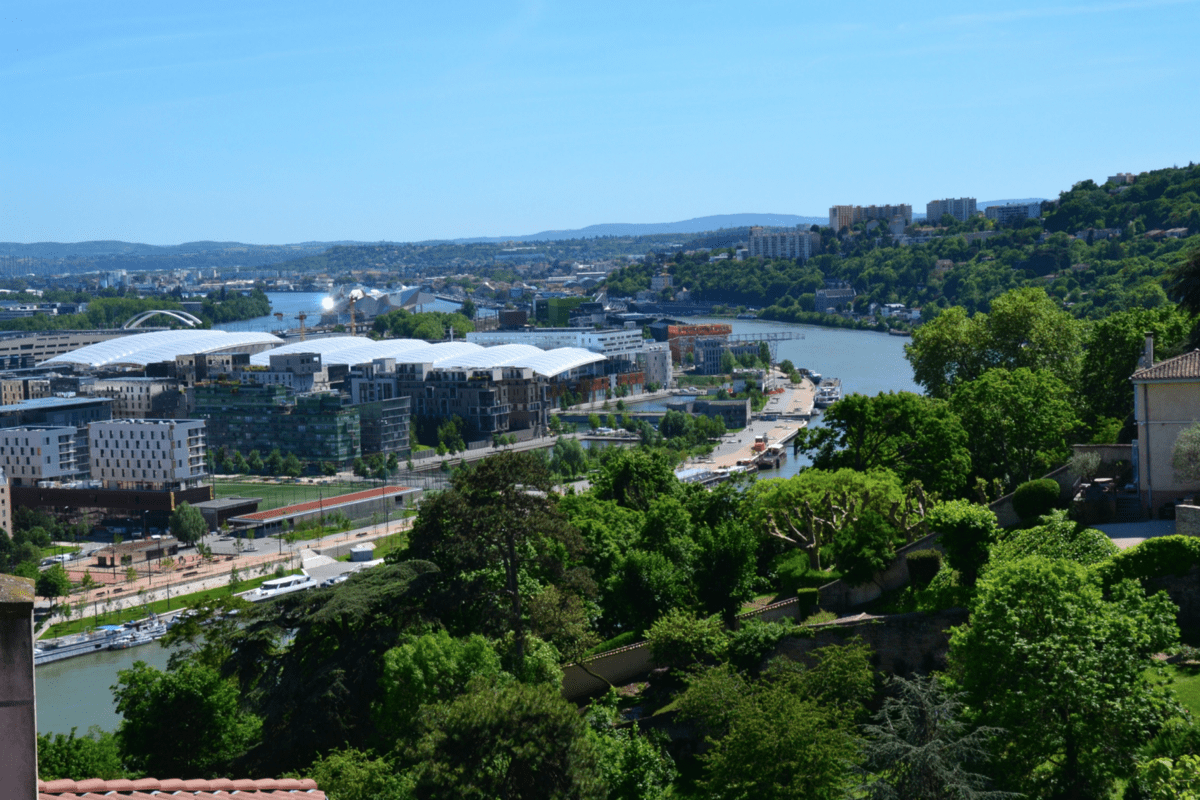
The Public Wealth of Cities

Berlin Focus
La Fabrique de la Cité
La Fabrique de la Cité is a think tank dedicated to urban foresight, created by the VINCI group, its sponsor, in 2010. La Fabrique de la Cité acts as a forum where urban stakeholders, whether French or international, collaborate to bring forth new ways of building and rebuilding cities.















